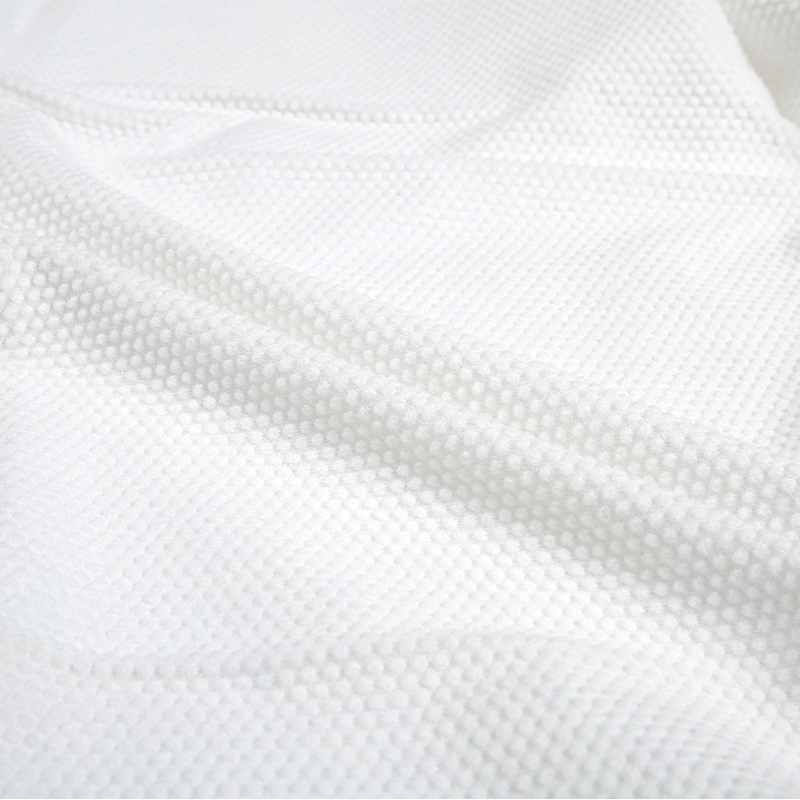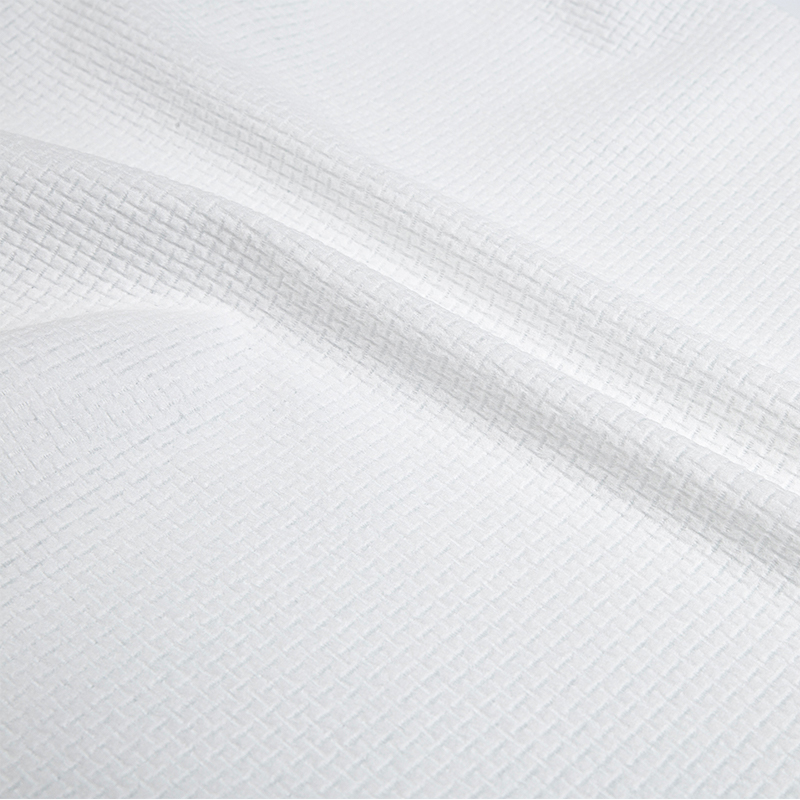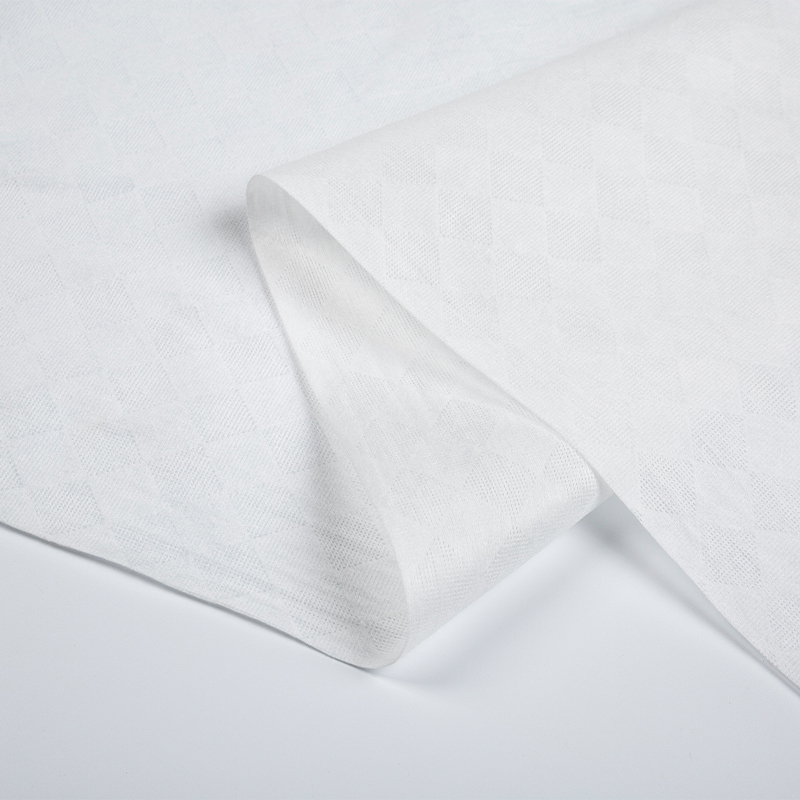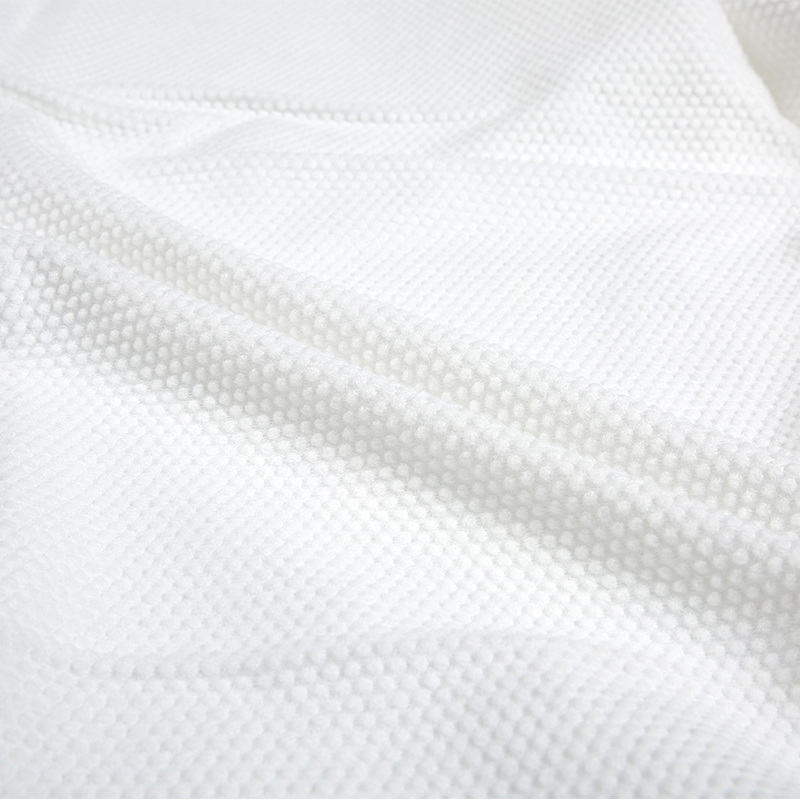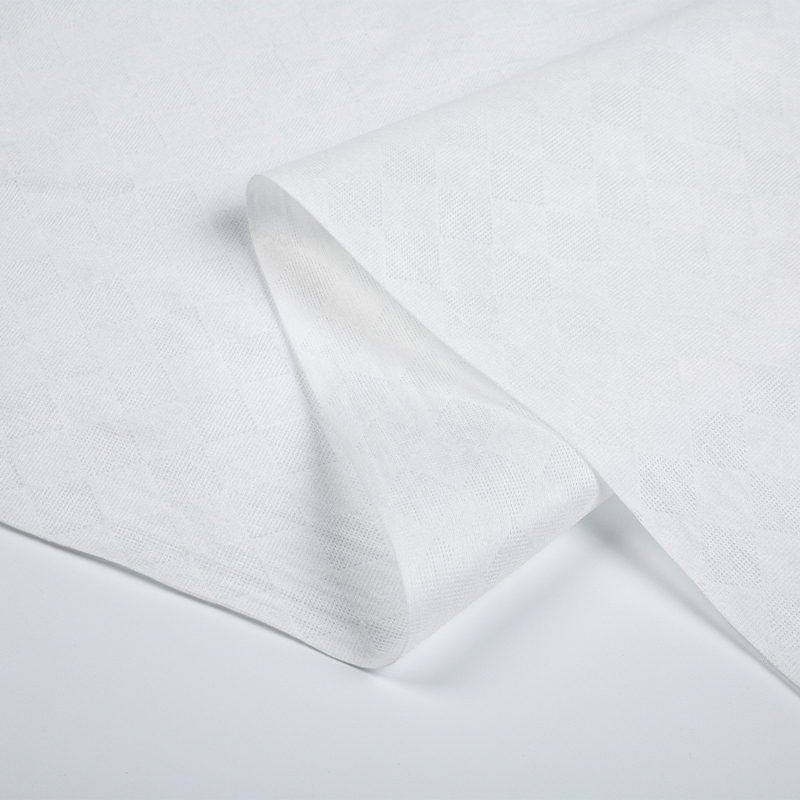Founded in 2022, Hangzhou Shunlong Nonwovens Technology Co., Ltd. is a professional China nonwoven fabric manufacturer and non-woven raw material factory
With the rapid advancement of science and technology and the increasing global emphasis on sustainable development, Spunlace Nonwoven Fabric, as an environmentally friendly and multi-functional new material, is showing vigorous vitality and broad development prospects in the field of technological innovation. In the future, Spunlace Nonwoven Fabric will present the following significant trends in technological innovation:
1. Introduction and application of high-performance fibers
In the future, Spunlace Nonwoven Fabric will pay more attention to the introduction and application of high-performance fibers. These high-performance fibers may include nanofibers, bio-based fibers, smart fibers, etc., each of which has unique performance advantages. For example, nanofibers can significantly improve the filtration efficiency, moisture absorption and antibacterial performance of Spunlace Nonwoven Fabric due to their extremely fine diameter and huge specific surface area; bio-based fibers, with their renewable and degradable characteristics, meet the needs of The market demands for environmentally friendly materials; smart fibers can automatically adjust their performance according to environmental changes (such as temperature and humidity), adding more intelligent functions to spunlace non-woven fabrics.
2. Multi-layer composite and functional finishing technology
In order to further improve the comprehensive performance of Spunlace Nonwoven Fabric, multi-layer composite and functional finishing technologies will be widely used in the future. Multi-layer composite technology can combine fiber layers of different materials and different functions to form composite materials with a multi-layer structure, thus giving spunlace non-woven fabrics a richer performance combination. For example, by compounding an antibacterial layer, a waterproof and breathable layer, etc., a spunlaced nonwoven fabric with both excellent antibacterial properties and good breathability can be produced. At the same time, functional finishing technologies such as chemical modification, coating treatment, etc. will also be widely used in the surface treatment of spunlace non-woven fabrics to enhance their wear resistance, weather resistance, flame retardancy and other special properties.
3. Intelligent manufacturing and automated production
With the continuous development of smart manufacturing technology, the production process of Spunlace Nonwoven Fabric will achieve a higher degree of automation and intelligence. The intelligent manufacturing system can monitor various parameters in the production process in real time, such as fiber quality, spunlace pressure, drying temperature, etc., and automatically adjust production parameters through data analysis and algorithm optimization to ensure the stability and consistency of product quality. In addition, the application of automated production equipment will greatly improve production efficiency, reduce labor costs, and reduce resource waste and environmental pollution during the production process.
4. Environmental protection and sustainable production technology
Environmental protection and sustainable production technology will be an important direction for Spunlace Nonwoven Fabric technology innovation in the future. This includes using more environmentally friendly raw materials, optimizing production processes to reduce energy consumption and emissions, and strengthening the recycling of production waste. For example, the development and application of biodegradable fiber materials will effectively reduce the environmental burden of spunlace non-woven fabrics after they are discarded; by optimizing the water circulation system and heat energy recovery system, water consumption and energy consumption in the production process can be significantly reduced; At the same time, a complete waste recycling and treatment mechanism should be established to realize the recycling of resources.
5. Personalized customization and digital design
As consumer demands become increasingly diverse and personalized, the production of Spunlace Nonwoven Fabric will pay more attention to personalized customization and digital design in the future. Through digital design software and intelligent manufacturing systems, consumers can customize spunlace nonwoven products with specific patterns, colors, and functions according to their own needs. This personalized customization model not only meets the individual needs of consumers, but also provides enterprises with more market opportunities and development space.


 English
English 日本語
日本語 русский
русский Español
Español